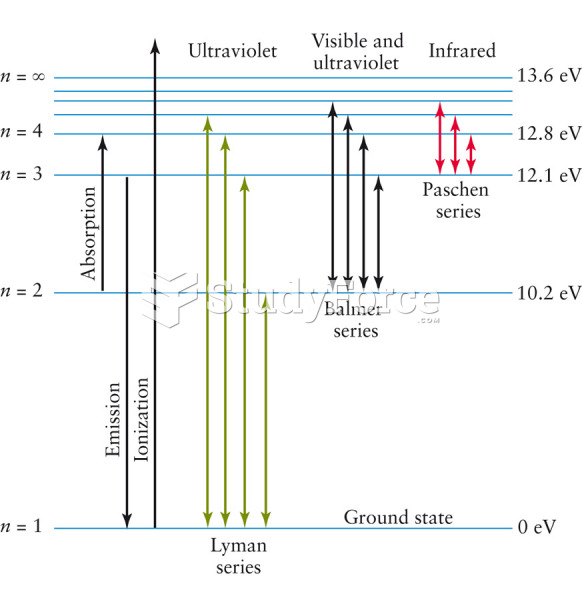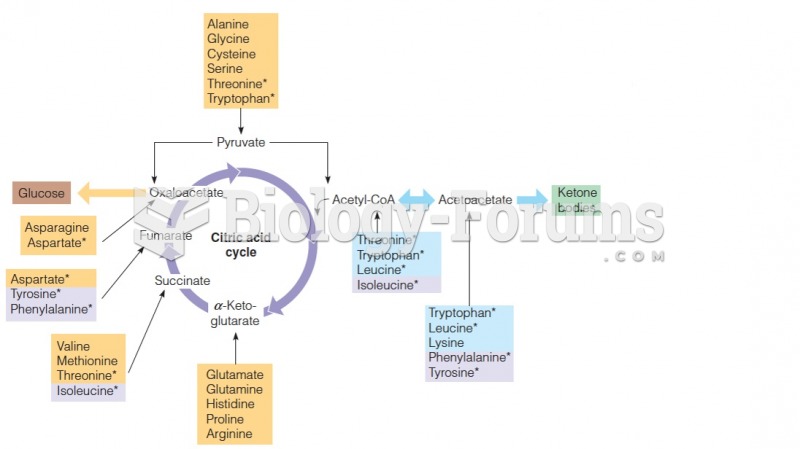Answer to Question 1
ANSWER: The record of the amount of carbon dioxide in the atmosphere over the last 800,000 years is based on air trapped in Greenland and Antarctic ice cores. Carbon dioxide levels in the distant past appear to be cyclic, showing variation from less than 200 to almost 300 parts per million (ppm). The current increase in carbon dioxide cannot be natural variation because the post-industrial levels of carbon dioxide are far higher than at any time during the past 800,000 years.
Answer to Question 2
ANSWER: Global temperatures of the past are often estimated using oxygen-isotope ratios (18O:16O) in sedimentary materials formed at various times. Light oxygen, 16O, has 8 protons and 8 neutrons in each atom. Much less abundant heavy oxygen, 18O, has two extra neutrons in each atom. During cooler periods, more of the water evaporated from the oceans is stored on the continents as ice and snow. Because evaporation preferentially takes the lighter 16O into the air, the oceans become slightly enriched in 18O during such periods. Because marine organisms incorporate oxygen from the seawater into their shells as they grow, their shells (CaCO3) preserve the 18O: 16O ratio of the seawater at the time. This permits estimates of the water temperature over long periods. Higher 18O in a clamshell indicates lower northern hemisphere temperatures at the time the shell grew, because more of the water had evaporated from the oceans to form the continental glaciers. Studies show that, in general, an increase of one part per million of 18O: 16O means 1.5C higher temperature at the time of evaporation. Sediment cores from lakes or oceans can provide oxygen-isotope data up to about 5 million years ago. The snow that falls during any given year also preserves the record of the oxygen-isotope ratio for the ocean water at that time. Near the poles, where snow never melts, annual layers of snow accumulate in thick deposits of glacial ice. Scientists can drill into these deposits to obtain a cylinder of glacial ice, called an ice core, to determine isotope ratios over hundreds of thousands of years. Temperature changes in the Antarctic for the past 420,000 years were determined by analyzing oxygen-isotope ratios from the Vostok ice core of 1996 by the former Soviet Union and France.






